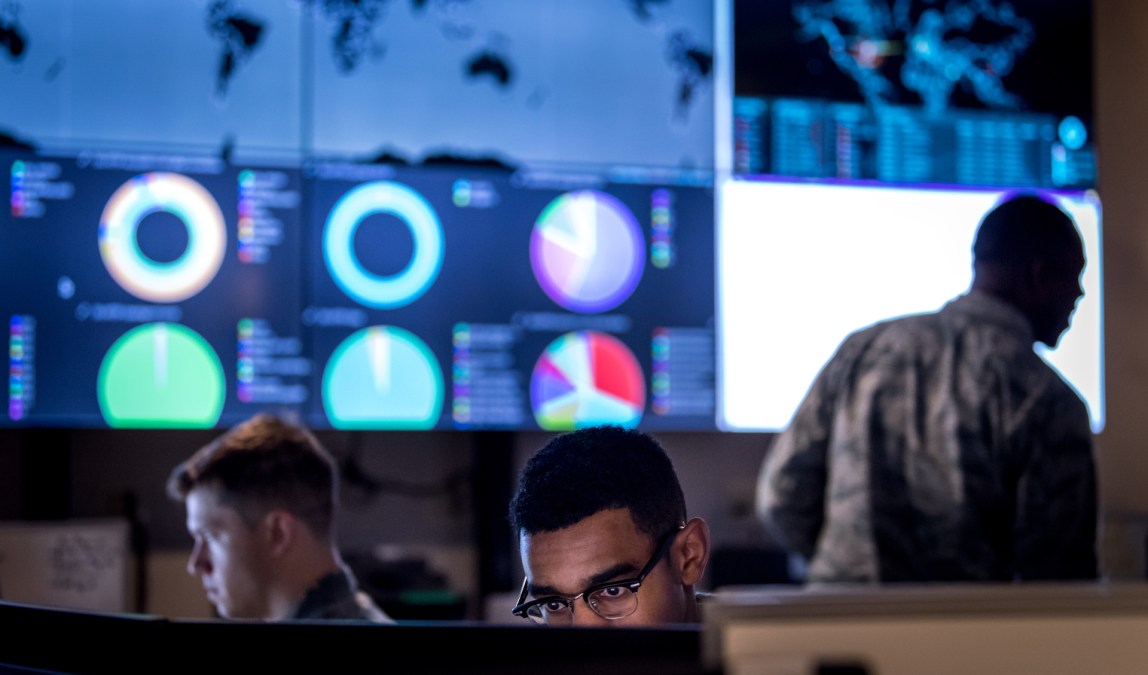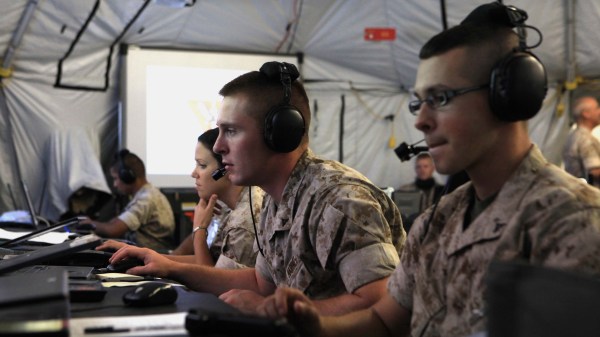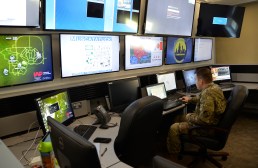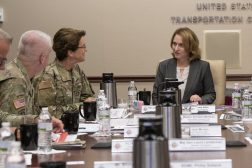As threats increase, combatant commands want more cyber support and integration

As technology becomes more ubiquitous across the military, combatant commands must pay more attention to individual cyberthreat actors rather than just the sophisticated nation-state actors and even terrorist groups, a top Navy cyber commander said.
“For small investment, somebody that is properly motivated and intellectually inclined can become an adversary, a competitor, for small amount of money, for small amount of investment in cyber, whereas that’s not the case if somebody wanted to threaten the United States in air superiority,” Vice Adm. Ross Myers, commander of the Navy’s Fleet Cyber Command/10th Fleet, said in an interview.
Sometimes it could even be a teenager looking for a challenge to hack into a system, Myers said.
With this vast proliferation and diversity of threats, combatant commands are always asking for more support, he said.
Myers provides cyber forces and support to Indo-Pacific Command, Southern Command and U.S. Forces Korea. This is done on behalf of U.S. Cyber Command through a construct known as Joint Force Headquarters-Cyber, which provides planning, targeting, intelligence and cyber capabilities to the combatant commands (COCOMs) to which they’re assigned. The heads of the four service cyber components also lead their respective JFHQ-C and oversee the cyber teams that conduct operations for the combatant commands.
“COCOMs are always asking for more or looking for more. The operational commanders rely upon their networks for command and control, battlespace awareness and integrated fires,” Myers said.
To improve the support to combatant commands in cyberspace, Cyber Command instructed the creation of cyberspace operations-integrated planning elements in 2018. These cells include cyber planners, not actual operators, that are embedded at the combatant commands to help plan cyber operations alongside the planners for the other domains of warfare.
Myers said these organizations are already making impacts across the combatant commands in integrating cyber operations to battle plans, something that was for years considered an afterthought or a bolt-on.
“It has proved 10 times over its weight in effectiveness with the COCOMs. It’s the only way to do business,” Myers said.
Additionally, other command and control and situational awareness mechanisms put in place by Cyber Command have had huge impacts for how cyber forces are controlled across the globe. With so many cyber forces — offensive, defensive, support and network teams — deconflicting activity across the globe can be a challenge.
The Integrated Cyber Center/Joint Operations Center, created in 2018, has played a big role in integrating cyber as well as with other aspects of warfare.
“It is also helped integrate that my maritime operations center is fully linked with Cyber Command, Space Command at the connective networked level,” Myers said. “We have better connectivity and yes, the ICC-JOC has been instrumental in keeping that connective network.”




